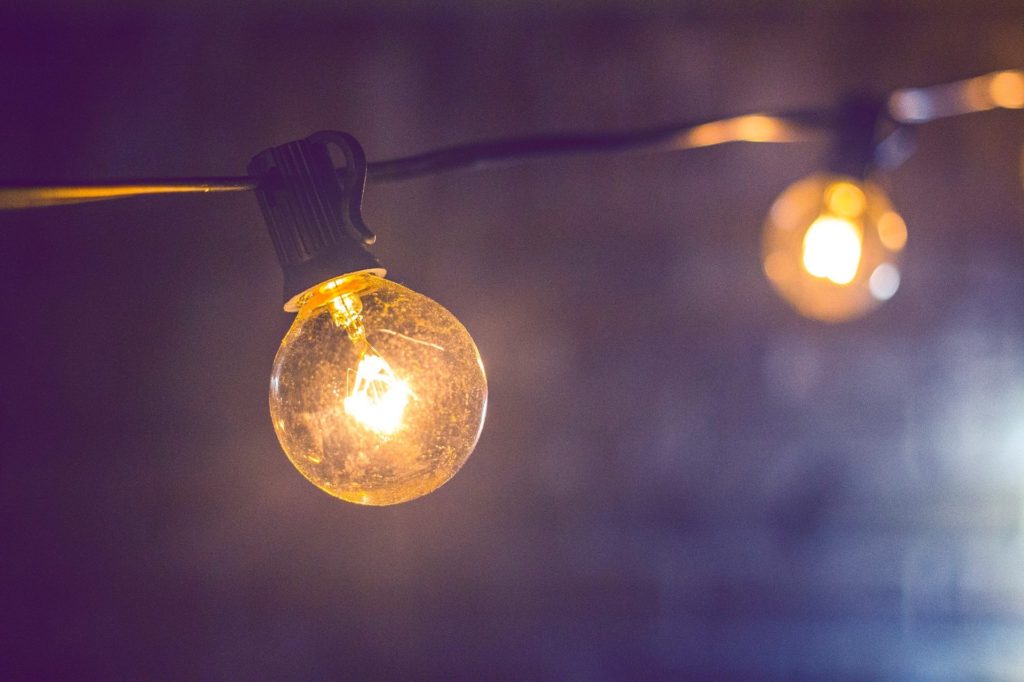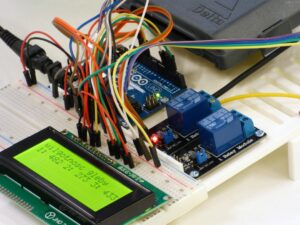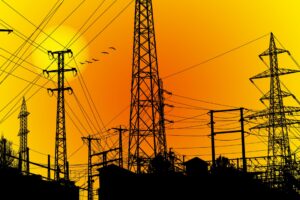Voltage (V)
Voltage is energy required or work done to move a unit of charge from one point to another (higher potential to lower potential). We can also describe, the pressure that pushes charged electrons (current) through a circuit. Voltage is measured in Volts (V), named after Alessandro Volta, an Italian scientist.
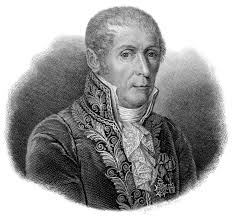
Alessandro Volta (18 February 1745 to 5 March 1827
Joule is a unit of work or energy equal to the work done by a force of one newton acting through a distance of one meter.
Example, a joule is lifting an orange, which weighs about one Newton.
Newton (N) is the international unit of measure for force.
A battery of 1.5 Volts, we get 1.5 joules per coulomb.
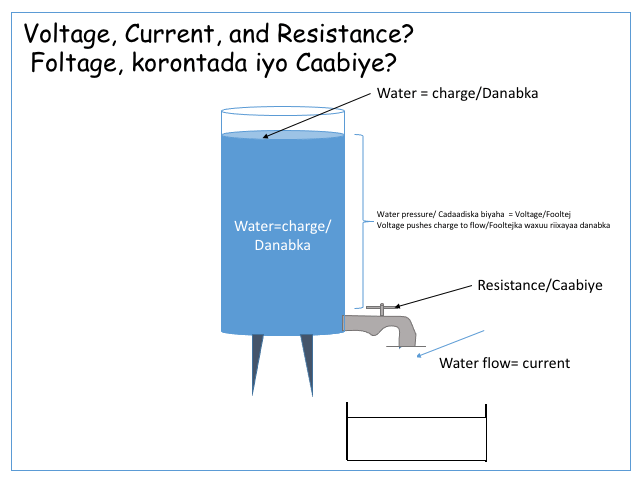
The above animation shows the relationship between voltage, current, and resistance. The water tank when filled represents charge, the more water we have in the tank the more charges we have. When there is more water in the tank the more pressure we will have at the tank hose. The pressure that pushes the water through the hose can be described as the voltage, the flow of the water can be described as the current.
Current (I)
Electric current is the movement of electric charge in a wire over of period of time. It is measured in Amperes, which is named after Andre-Marie Ampere a French physicist.
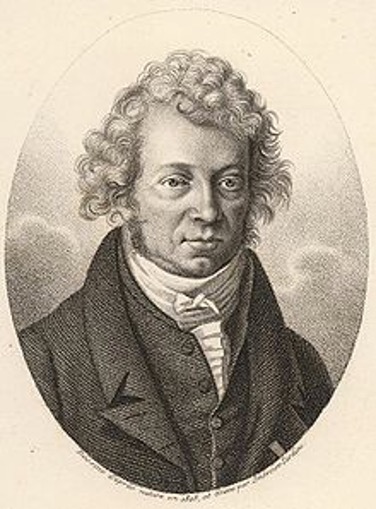
How do we measure Current

![]()
Resistance
Resistance ( R ) is the ability of a material to resist or prevent the flow of current it is measured in Ohms. Using the tank water relationship, when we open the faucet more water flows, less water will flow when we close slowly.
A resistor is a component that resists current.
Ohms Law
V=Voltage, I-Current, R=Resistance.
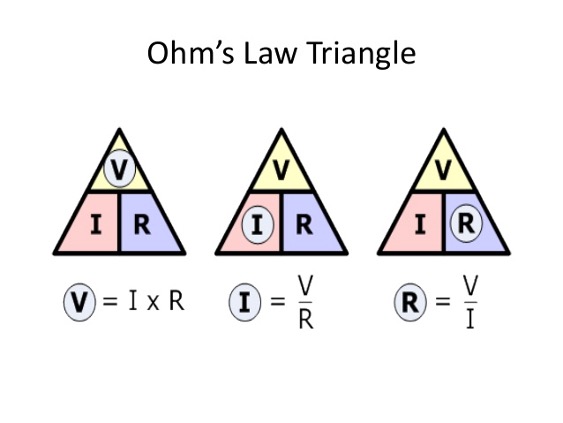
Voltage, current, and Resistance Relationship using Ohms law
Voltage
Find the voltage across the resistor?
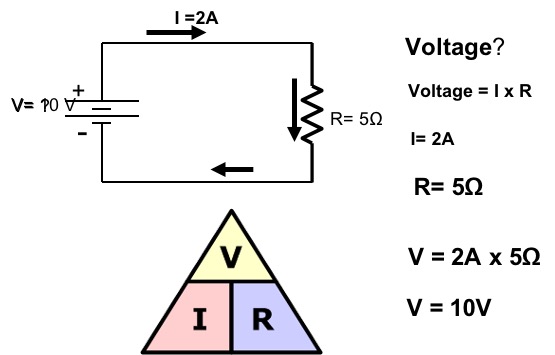
Current
Find the current flowing in the circuit through the resistor.
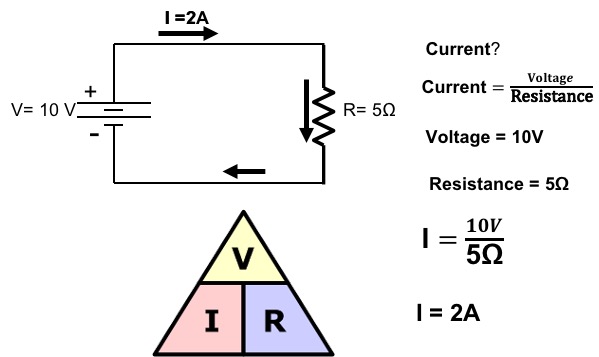
Resistance
Find the resistance of the circuit?
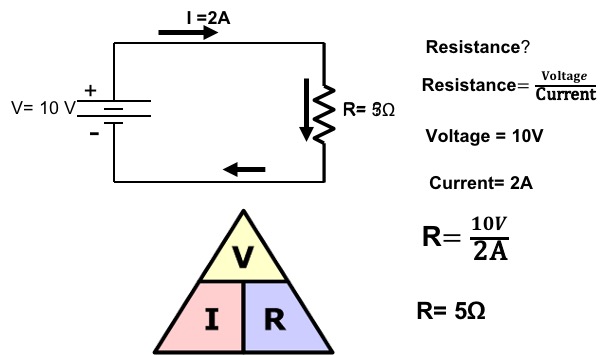
In this tutorial, I have just introduced basic knowledge about voltage, current, and resistance and answered few questions. To further increase your knowledge about electricity, please watch the voltage, current, and resistance Video.

